Why are hybrid cars favored by autonomous driving companies?
There is a peculiar phenomenon in the field of autonomous driving. Both Google’s Waymo and startup companies choose hybrid cars as the prototype for their autonomous driving technology research and development, instead of choosing gasoline cars or electric cars. For example, the first generation car model of Google’s Waymo used Toyota Prius Hybrid and Lexus RX540h, and the Lincoln MKZ used more by startups is also hybrid.
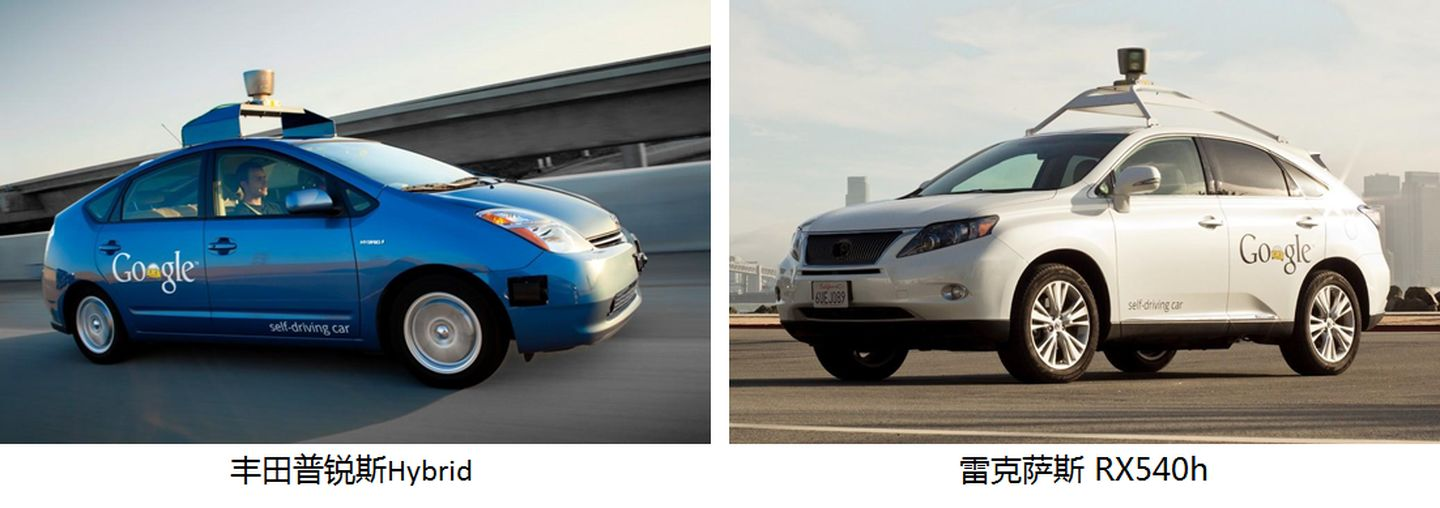
Why are hybrid cars so favored by autonomous driving companies? There are three reasons.
First, hybrid cars like Toyota and Lincoln provide drive-by-wire technology for autonomous driving companies. This means that the companies no longer need to install mechanical structures on the steering wheel, accelerator, and brake pedals to control the vehicle. Rather, they can use electrical signals to control the steering wheel angle and the opening of the accelerator and brake pedals.
Second, there is the issue of energy consumption for autonomous driving prototype cars. In the early stages of autonomous driving research and development, various power-hungry computers and debugging devices will be installed on the car. From the perspective of fuel economy and driving range, hybrid cars are more suitable than gasoline cars and pure electric vehicles.
Finally, having hybrid technology is more in line with the needs of autonomous driving for control. Taking Toyota’s hybrid technology as an example, at low speeds, the lithium-ion battery drives the electric motor, while at high and medium speeds, the gasoline engine is used as the main power output. For autonomous driving, control precision is more important for low-speed movement (such as parking) than high-speed movement (such as cruising), and the hybrid characteristics of using an electric motor for low-speed movement effectively compensate for the linear torque output deficiency of gasoline cars at low speed.
With so many advantages of hybrid technology, what models currently available on the market have hybrid technology?
Most of the cars with hybrid technology currently available on the market come from two major brands: Toyota and Honda. Since I am engaged in the field of autonomous driving, I will compare the Toyota Levin Dual Engine and the Honda Ling Pai hybrid, both of which are L2-level assisted driving from the perspective of L2-level assisted driving.
Both Toyota and Honda’s assisted driving systems have the ability to assist in driving at high speeds and on highways. The Levin dual-engine features Toyota’s Toyota Safety Sense smart safety system, which realizes an L2-level assisted driving system. The Ling Pai hybrid features Honda SENSING Safety Ultra-sensing system. What are the differences between these two assisted driving systems?
Toyota Safety Sense VS Honda SENSINGBased on the principle of engineers speaking with data, I have compiled data on the L2 level autonomous driving systems of Toyota Safety Sense and Honda SENSING in these hybrid models, including the main sensor configurations and performance parameters.
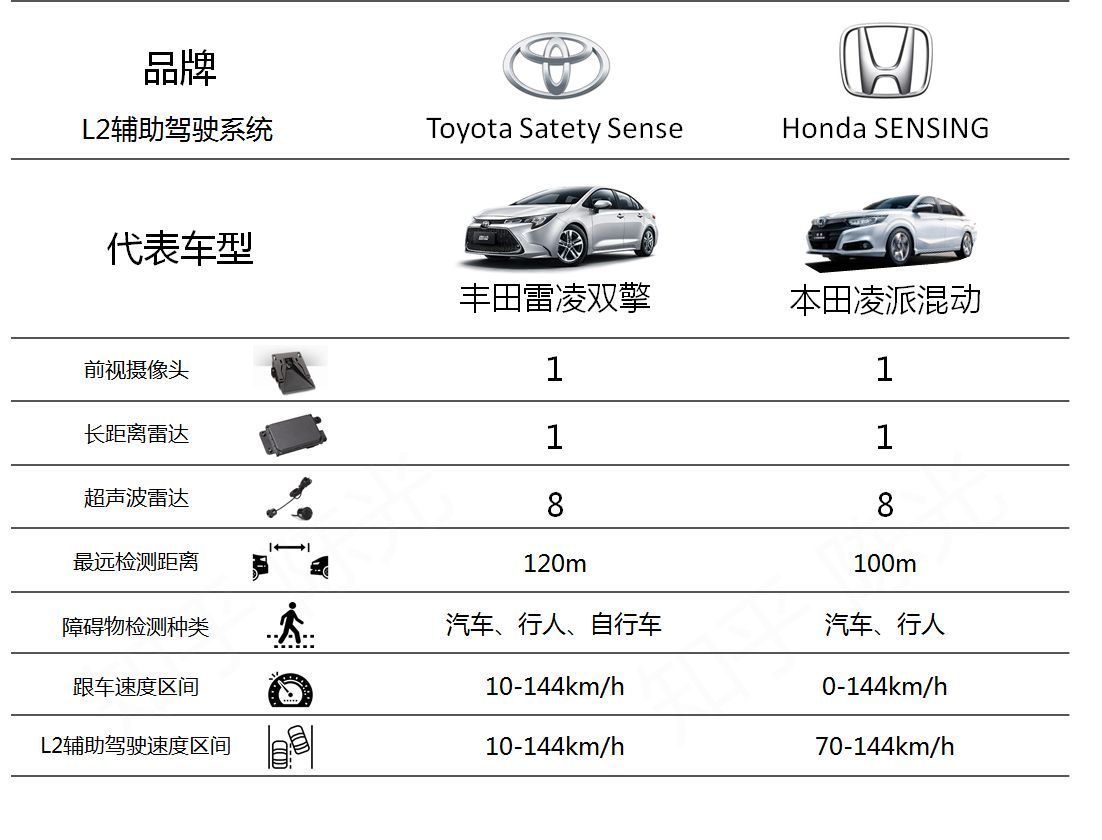
The Levin hybrid and Lingpai hybrid are equipped with a forward-facing camera for identifying obstacles and lane markings in front of the vehicle to achieve functions such as following and lane keeping. They are also equipped with a long-distance millimeter-wave radar for accurately measuring the position and speed of obstacles ahead, ensuring the safety and comfort of following. In addition, there are four ultrasonic radars in both the front and rear, which are used for assisting the detection of obstacles at close range (0-3 meters).
Comparison of Perception Capability
The first indicator that determines the perception capability is the farthest obstacle detection distance. The first priority of autonomous driving is to ensure driving safety, so the farther the distance of detecting obstacles, the more response time is available for the autonomous driving system to make correct decisions. Especially when driving at high speed, a response time of a few tenths of a second can avoid accidents.
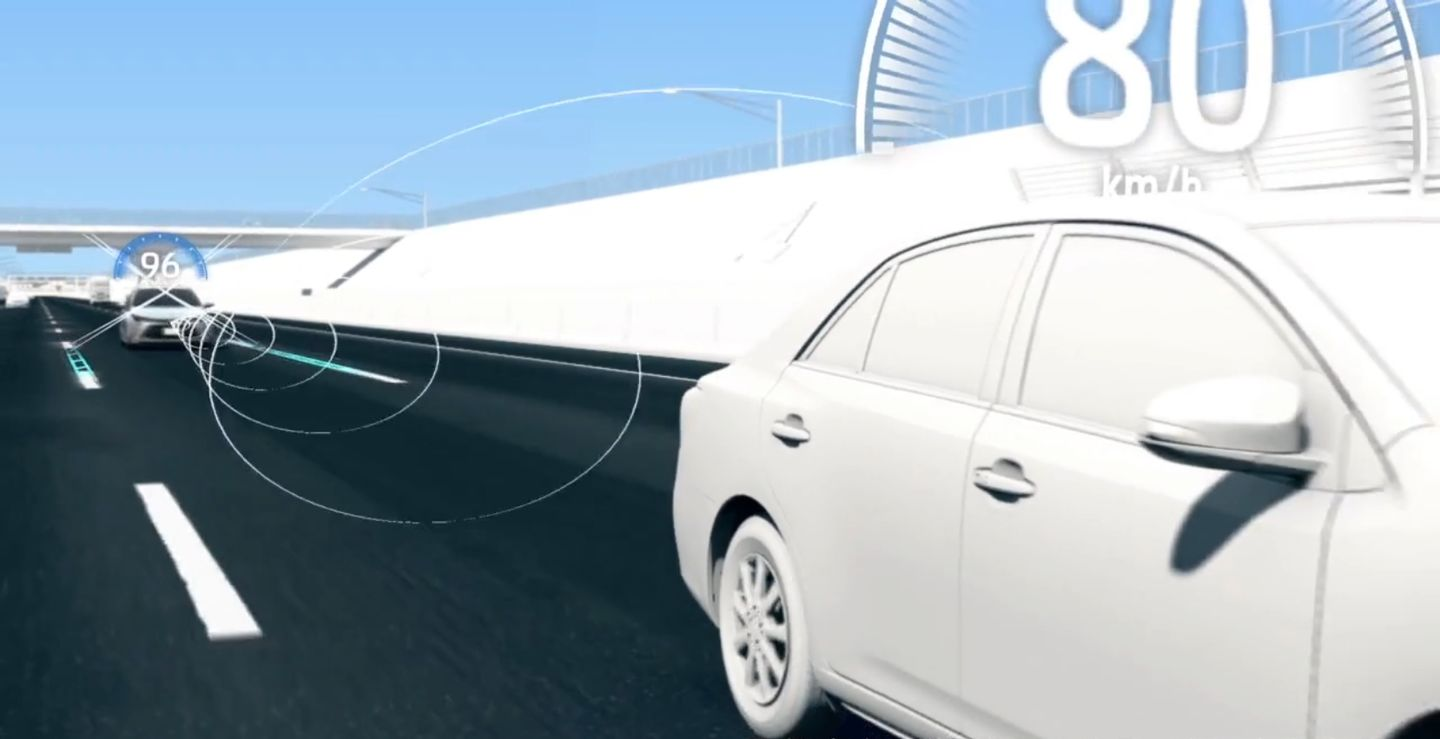
In terms of the detection distance, Toyota Safety Sense detects obstacles at a distance about 20% further than Honda SENSING. Therefore, the performance of Toyota Safety Sense with a detection distance of 120 meters is better than Honda SENSING with a detection distance of 100 meters.
The second indicator that determines the perception capability is the types of detected obstacles. The current mainstream L2 level autonomous driving systems can support the detection of pedestrians and vehicles very well. The ability to detect more types of obstacles means more safeguards for the autonomous driving system when it is enabled.

In terms of detected obstacle types, Toyota Safety Sense can detect cars, pedestrians, and daytime bicycles (cyclists) around the clock, while Honda SENSING can only detect cars and pedestrians. Therefore, Toyota Safety Sense has an advantage in detecting obstacle types.### Comparison of L2 Level Advanced Driving Assistance Systems
I usually choose the inner ring elevated road in Shanghai to test and evaluate the performance of L2 level advanced driving assistance systems, especially the highly complex curved section near the Nanpu Bridge. If the lane keeping and cruise control functions can work normally on such an extremely complex road segment, it proves that the system’s reliability is high enough.

Using Toyota Levin with Toyota Safety Sense, a L2 level advanced driving assistance system, when not in traffic jam (maintaining a speed of more than 10 km/h), the system operates normally and can complete the cruise control and lane keeping functions without driver intervention, smoothly passing through the curved sections. However, in traffic jams, after the preceding vehicle leaves, the driver needs to step on the accelerator before entering the advanced driving assistance mode again.
Using Honda Lingpai with Honda SENSING, a L2 level advanced driving assistance system, during high-speed cruising (maintaining a speed of more than 70 km/h), the performance of the advanced driving assistance function is equally excellent as Toyota Safety Sense. However, once the speed drops below 70 km/h, the lane keeping function of the assistance system is deactivated, only maintaining the cruise control function. Therefore, Honda SENSING did not pass the test on the Nanpu Bridge road segment.
Overall, in terms of the ability of cruise control and lane keeping, the actual experience of Toyota Safety Sense is superior to Honda SENSING. The only thing that can make up for Honda SENSING’s regret is that Honda has added a low-speed rear-end collision system (LSF, Low Speed Follow), which can start without the driver stepping on the accelerator after the preceding vehicle stops.
As a joint venture brand car with a price of over 100,000 yuan, the reason why the Toyota Levin equipped with such a complete L2 level advanced driving assistance system is due to the Toyota New Global Architecture (TNGA) launched in recent years.
 # Toyota New Global Architecture (TNGA)
# Toyota New Global Architecture (TNGA)
Toyota New Global Architecture (TNGA) is not just a single vehicle platform, but a whole new philosophy for Toyota production. Vehicles built on the TNGA platform adhere to the same global standards and are not compromised by a focus on cost reduction, using a large number of common components. This results in a uniform quality standard among different Toyota models, and is a major contributing factor to the all-round excellence of Toyota’s collision test performance. Even as an entry-level model under the TNGA concept, the GAC Toyota Levin hybrid can boast the same safety specifications as its high-end counterparts.
Toyota’s 4th Generation THS II vs. Honda’s i-MMD
The GAC Toyota Levin hybrid is equipped with Toyota’s fourth-generation THS II powertrain system, while the Honda Lingpai hybrid features the Honda i-MMD dual-motor hybrid system. Hybrid technology delivers unparalleled fuel efficiency compared to traditional gasoline powertrains, and the best indicator of its performance is fuel consumption per 100 kilometers.
I gathered fuel consumption data from the 2021 Levin hybrid and the 2020 Lingpai hybrid from the Little Bear Fuel Consumption App. Both vehicles achieved excellent fuel efficiency rankings, with the Levin hybrid (4.56) slightly outperforming the Lingpai hybrid (4.63).
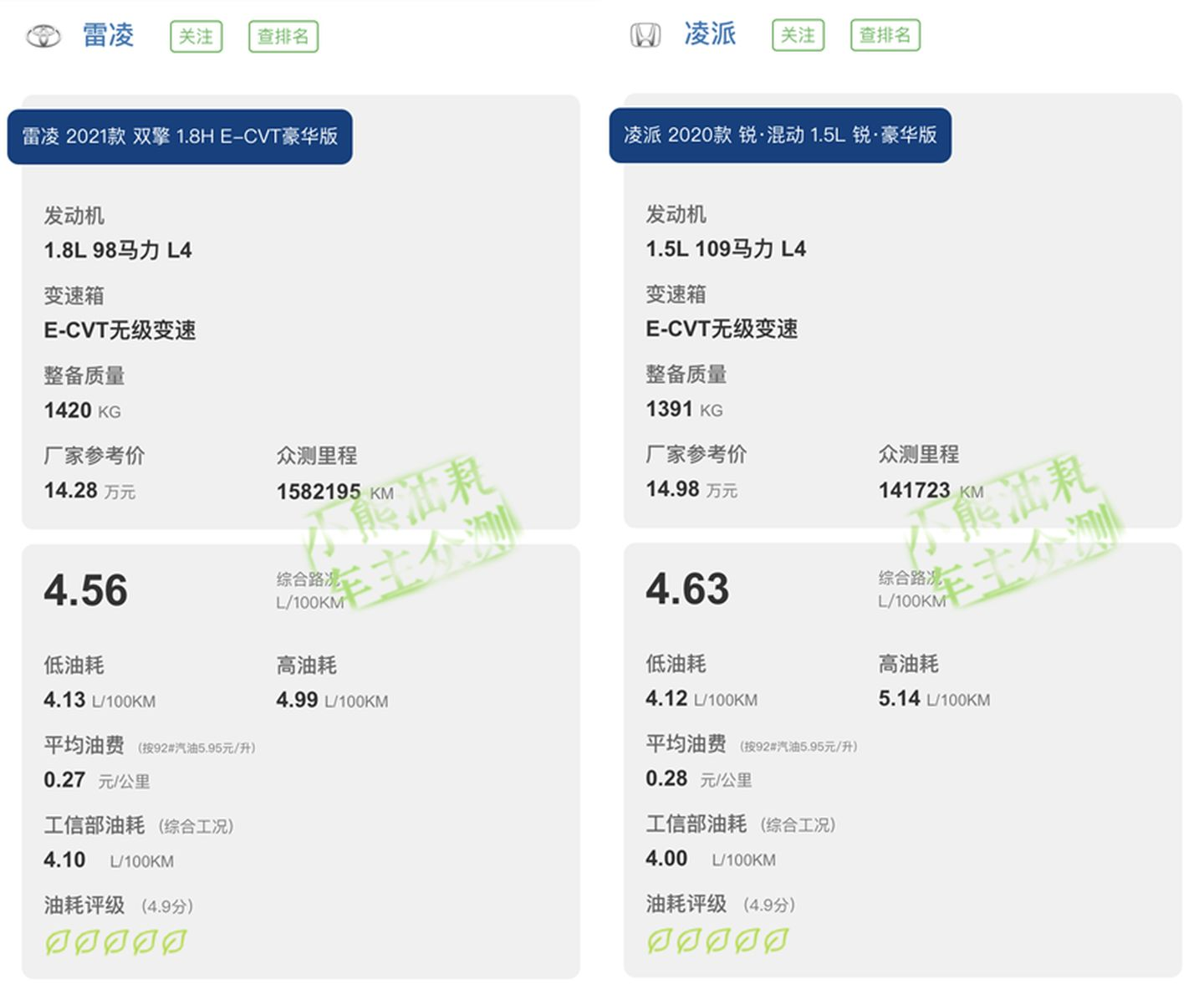
What makes Toyota’s fourth-generation THS II powertrain system more fuel-efficient than Honda’s i-MMD system? This is thanks to Toyota’s clever power distribution strategy, which combines the engine and electric motor to achieve maximum energy efficiency.
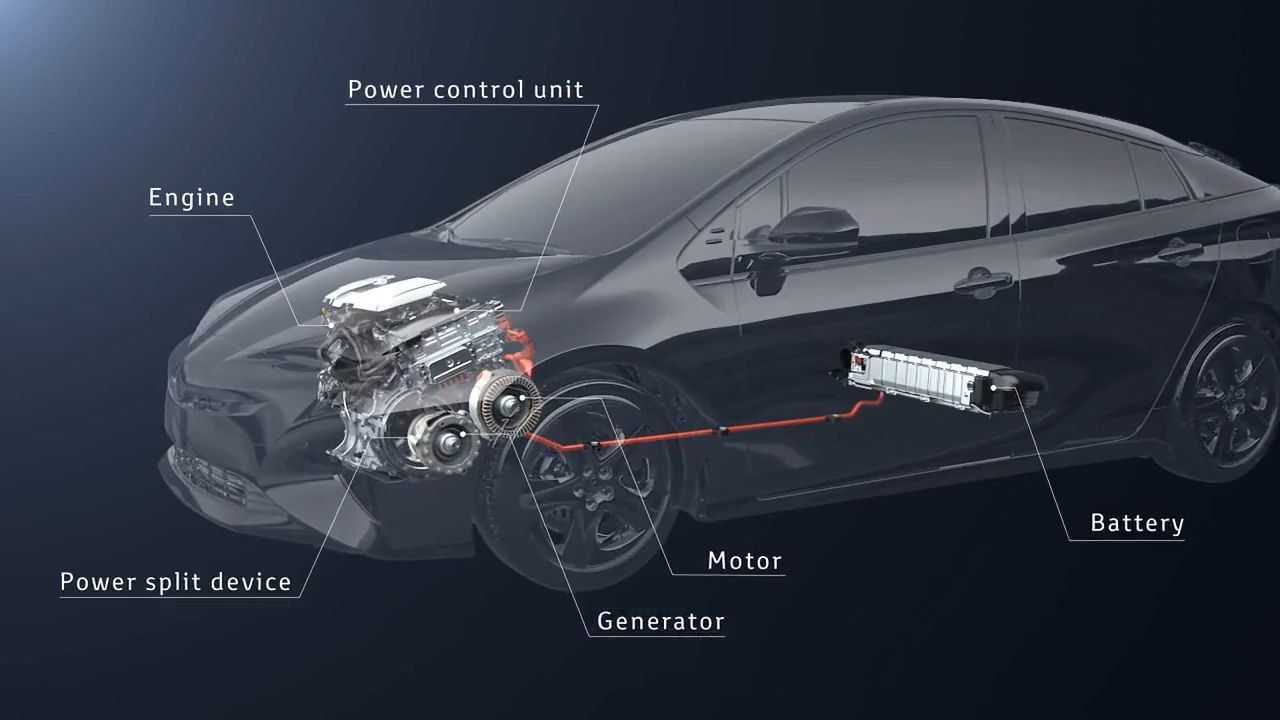
This is how the control logic for the THS II powertrain system in the GAC Toyota Levin hybrid works: when the car is at a standstill, all devices on the vehicle stop running, saving energy; when the car starts to move, the electric motor takes over to drive the vehicle at low speeds, significantly reducing fuel consumption; when accelerating, the electric motor and engine work together, with the engine driving the vehicle when operating within an efficient speed range, while also charging the battery to improve energy efficiency; when decelerating, the wheels drive the electric motor in reverse to generate electricity, storing it in the motor for reuse.
The challenge of hybrid technology lies in how well it selects appropriate power distribution strategies and devices, and in fully exploiting the strengths of both the electric motor and the engine. The better the power distribution, the stronger the technology, and the better the fuel efficiency results.Thanks to advanced technology and excellent reputation in the field of hybrid technology, global sales of Toyota hybrid models have exceeded 16 million. In 2020, GAC Toyota’s total vehicle sales reached 765,008, with 226,683 units sold from the Levin family. In January of this year, Levin family’s sales reached an impressive 29,139 units, showing a year-on-year increase of 19% compared with January last year, indicating a high degree of consumer preference.
Conclusion
Based on the technical analysis of GAC Toyota Levin Double Engine and GAC Honda Lingpai Hybrid at the L2 level of assisted driving, hybrid technology and fuel indicators, it can be seen that GAC Toyota Levin Double Engine not only performs well in the L2 level of assisted driving, but also has excellent fuel economy. Therefore, from my perspective, GAC Toyota has the upper hand in hybrid technology.
This article is a translation by ChatGPT of a Chinese report from 42HOW. If you have any questions about it, please email bd@42how.com.